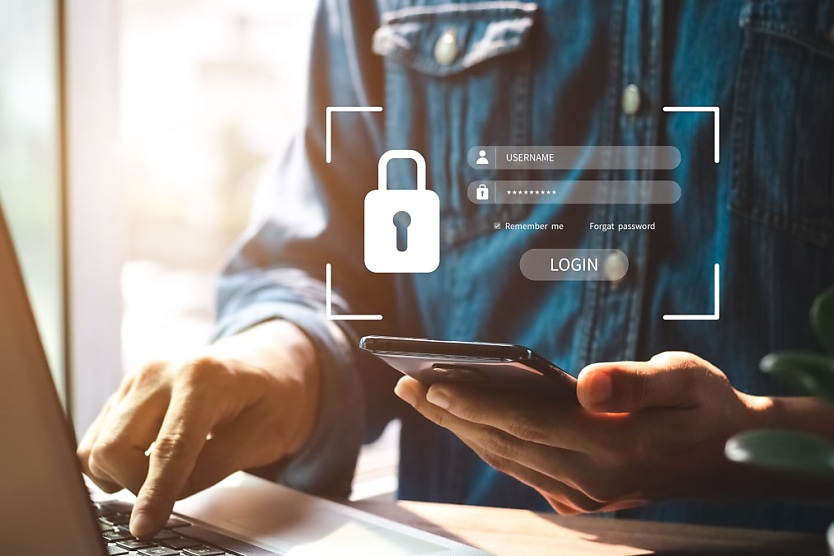
Cyber crime is on the rise, and one of the most prevalent forms of attack is phishing.
Phishing is a fraudulent technique used by cyber criminals to trick individuals into revealing sensitive information such as passwords, credit card details, or personal data. Understanding the basics of phishing is essential for protecting yourself and your online accounts.
Here are three key things you need to know about this insidious form of cyber crime.
1. How phishing works
Phishing attacks typically occur through email, instant messaging, or phone calls, where attackers masquerade as trustworthy entities such as banks, government organisations, or popular websites. They create convincing messages that appear legitimate, using logos, formatting, and language that mimics real organisations.
These messages often contain urgent requests or alarming statements to prompt immediate action. For instance, an email might claim that your account has been compromised and request you to click on a link to verify your information. However, these links lead to malicious websites that aim to steal your data or infect your device with malware. It’s crucial to note that legitimate organisations will never ask you to provide sensitive information via email or phone.
2. Red flags to watch out for
To protect yourself from phishing attacks, it’s essential to be aware of red flags that can help you identify fraudulent messages. First, scrutinise the sender’s email address or phone number. Phishing emails often use slight variations or misspellings of legitimate addresses. Second, check for grammar or spelling mistakes in the message, as these are common signs of phishing attempts.
Third, be cautious of urgent or threatening language that creates a sense of panic, as this is a tactic used to rush your decision-making process. Lastly, hover your mouse over hyperlinks in emails to reveal the actual destination. If the link doesn’t match the organisation’s official website, it’s likely a phishing attempt.
3. Protecting yourself from phishing
There are several proactive measures you can take to protect yourself from phishing attacks. Firstly, ensure that your devices, operating systems, and antivirus software are up to date. These updates often include security patches that can prevent known phishing techniques. Secondly, educate yourself about phishing and regularly inform others about the risks and common indicators of fraudulent messages.
Thirdly, be cautious when clicking on links or downloading attachments, even if they appear to be from trusted sources. Instead, manually enter the website’s URL in your browser or contact the organisation directly to verify the request. Lastly, consider using two-factor authentication for your online accounts to add an extra layer of security.
By understanding how phishing works, being vigilant for red flags, and implementing proactive security measures, you can significantly reduce the risk of falling victim to these fraudulent schemes.
Remember, staying informed and practising good cyber hygiene are essential in safeguarding your personal and financial information.
This article was originally published on HR Leader's sister brand Cyber Security Connect.









